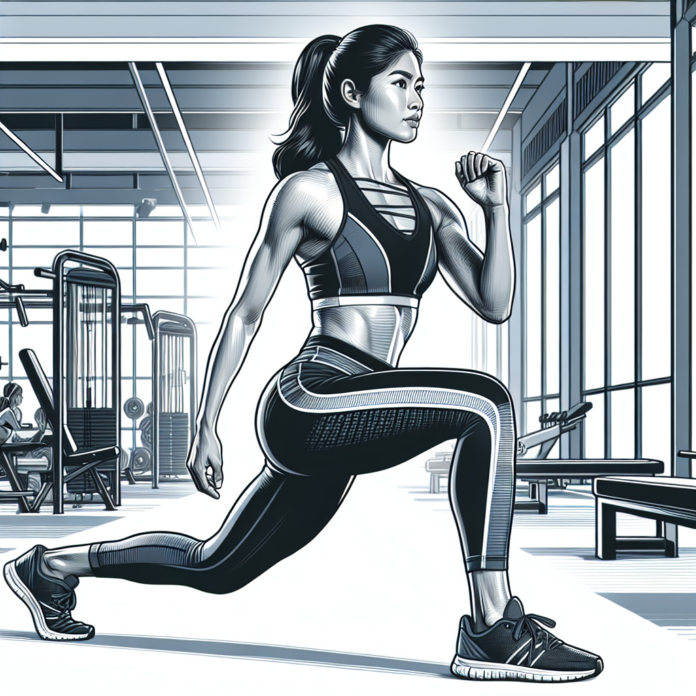Side lunges are a powerful exercise that can shape your legs in ways traditional lunges simply can’t. They target a variety of muscles, provide a great challenge, and are a must-have in any effective leg workout routine. Let’s take a closer look at how side lunges can help you build comprehensive leg strength and target multiple muscle groups with each move.
Embrace Side Lunges for Comprehensive Leg Strength
Side lunges are unique because they challenge your legs from a different angle than the usual forward and backward movements. This helps build a more balanced and comprehensive leg strength. By stepping to the side and lowering your body, you engage not just the major muscle groups but also the stabilizing ones that are often overlooked. The result is a well-rounded leg workout that promotes overall strength and reduces the risk of injury.
- Greater Range of Motion: Unlike traditional lunges, side lunges require a greater range of motion, which helps in increasing flexibility and strength.
- Core Engagement: With side lunges, your core muscles also get a workout, as they help stabilize your body during the movement.
- Versatile Exercise: Side lunges can be performed with body weight, dumbbells, or resistance bands, making them adaptable to any fitness level.
Incorporating side lunges into your workout routine can also help address muscle imbalances. Many people have a dominant side that carries more strength, and side lunges can help in evening out these discrepancies. When performed regularly, side lunges can lead to more symmetrical muscle development, enhancing your overall performance in other exercises and daily activities.
Target Multiple Muscles with Every Move
Side lunges are effective because they target multiple muscle groups simultaneously. When you perform a side lunge, you primarily work your quadriceps, hamstrings, glutes, and inner thighs. This makes them a fantastic multi-joint exercise that offers a significant return on investment for the time you spend working out.
- Glutes and Hamstrings: As you push back to the standing position, your glutes and hamstrings engage to lift your body.
- Inner and Outer Thighs: The lateral movement activates your inner and outer thighs, important muscles for stability and balance.
- Core and Lower Back: Stabilizing your torso during the lunge means your core and lower back muscles are also hard at work.
Additionally, side lunges can be modified to focus more on specific muscle groups. For example, holding a dumbbell in each hand while performing the lunge can add extra resistance, putting more emphasis on your quadriceps and glutes. Alternatively, incorporating a pause at the bottom of the lunge can increase the time under tension for your muscles, further enhancing strength and endurance.
Incorporating side lunges into your leg day routine can offer numerous benefits, from improved strength and flexibility to better muscle balance and stability. By targeting multiple muscles with each move, side lunges provide a comprehensive workout that is both efficient and effective. Start adding side lunges to your workouts and experience the difference they can make in shaping and strengthening your legs in every direction.


